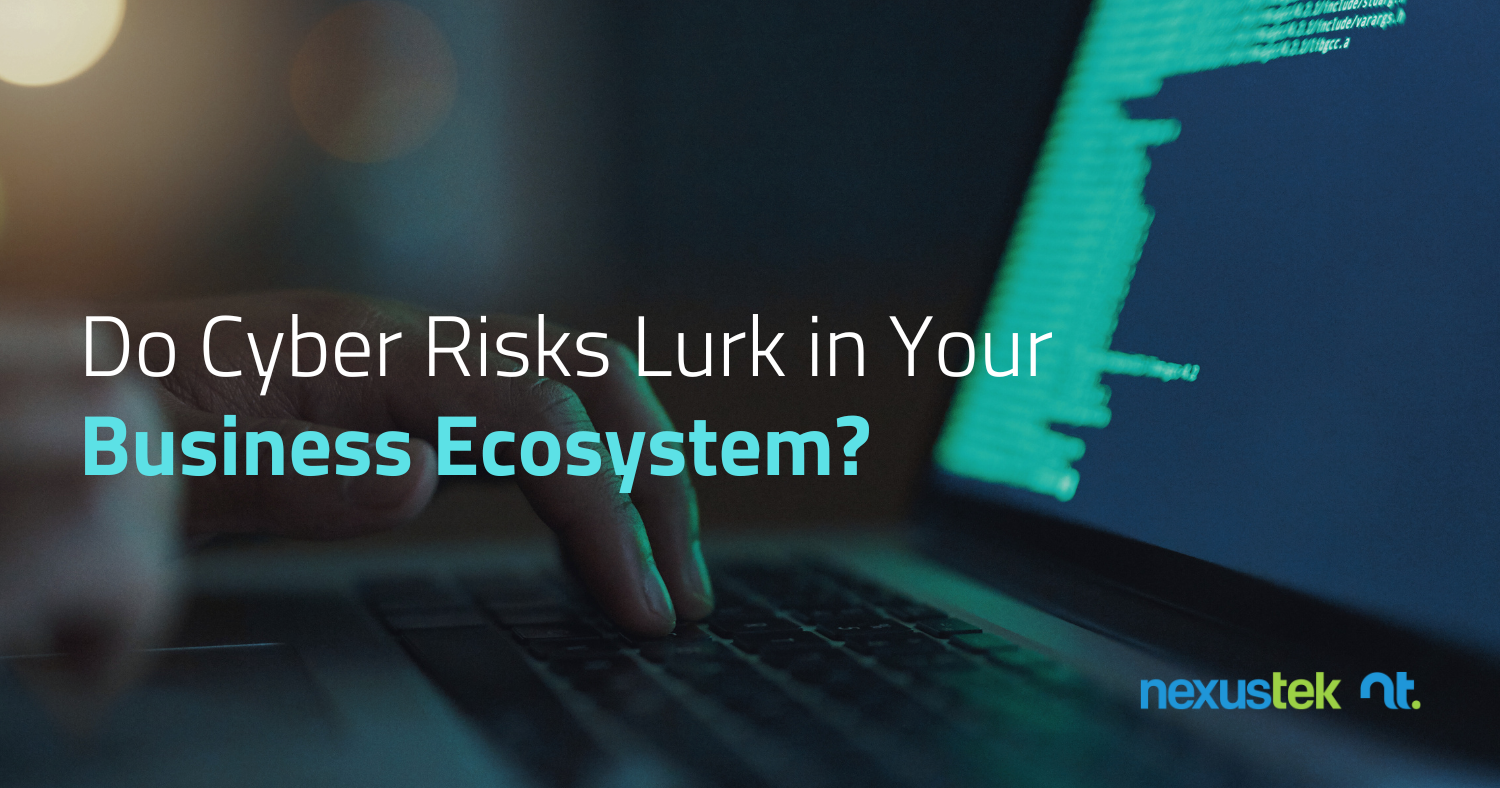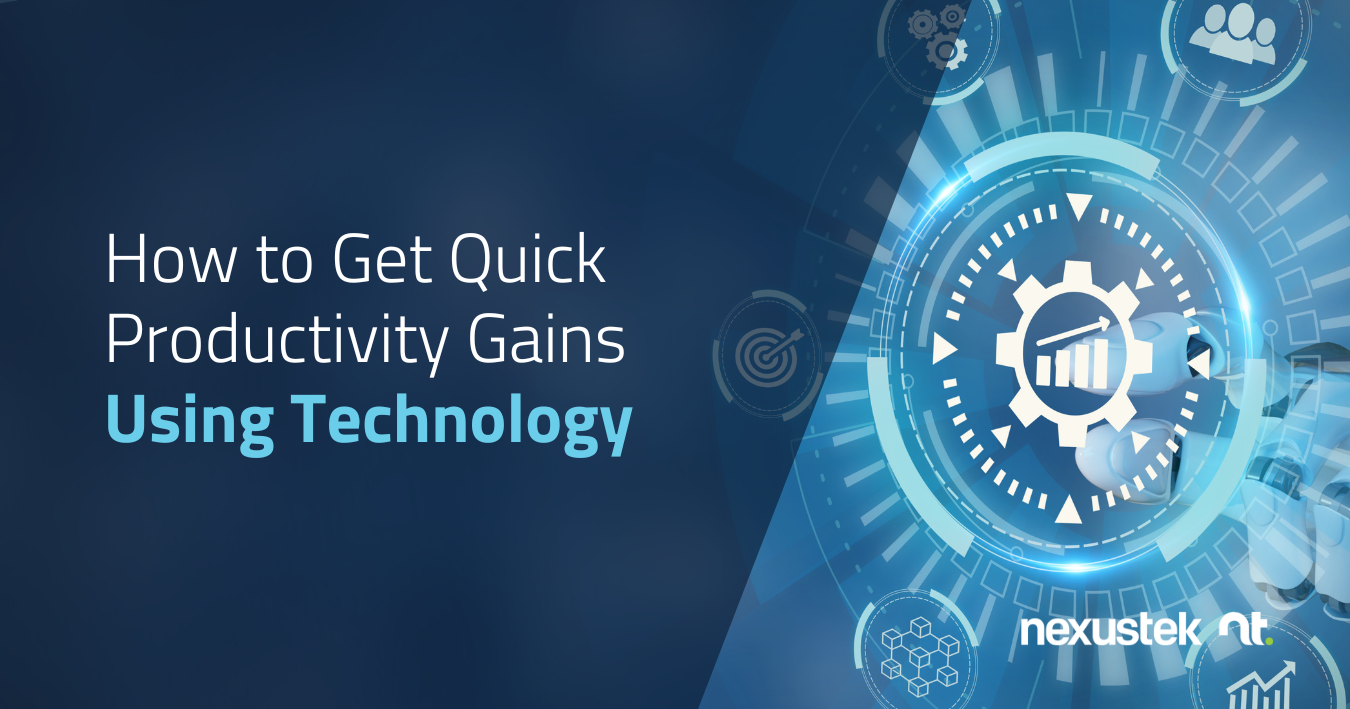READ TIME: 4 MIN

Addressing the Global CrowdStrike Outage Impacting Windows-Based Computers
At NexusTek, we prioritize the reliability and security of your IT infrastructure. Recently, a significant global outage has affected CrowdStrike’s Windows Sensor update, causing blue screens on numerous Windows-based computers.
Understanding the Issue:
On July 18, 2024, CrowdStrike released an update for its Windows Sensor, which unfortunately led to widespread blue screens. This issue has impacted organizations worldwide, including some of our valued clients.
Our Commitment to You:
Our dedicated team at NexusTek is actively collaborating with CrowdStrike to resolve this issue as quickly as possible. We recognize the critical nature of this outage and are working diligently to minimize any disruptions to your operations.
How You Can Help:
We have a full team of engineering and incident management, as well as our customer care and service delivery management teams working tirelessly to resolve this issue with a work-around.
To streamline support and ensure a timely response, we recommend submitting your support requests through our online portal or via email. This will help us manage and address your concerns more efficiently.
We appreciate your patience and understanding during this time. Our team is dedicated to resolving this issue promptly and ensuring your systems are restored to optimal performance. For immediate concerns or urgent assistance, please contact our support team.
Thank you for your continued trust in NexusTek.















